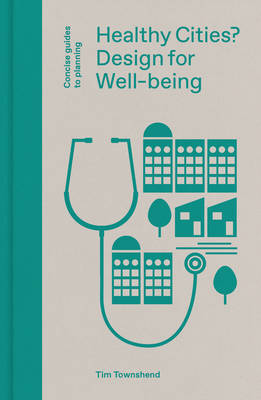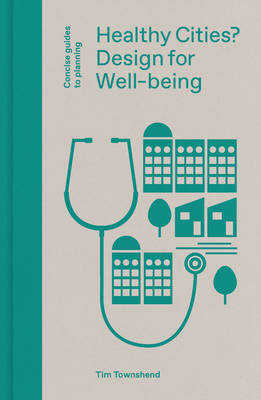
- Afhalen na 1 uur in een winkel met voorraad
- Gratis thuislevering in België vanaf € 30
- Ruim aanbod met 7 miljoen producten
- Afhalen na 1 uur in een winkel met voorraad
- Gratis thuislevering in België vanaf € 30
- Ruim aanbod met 7 miljoen producten
Zoeken
€ 56,45
+ 112 punten
Omschrijving
The ways in which urban areas have evolved over the past 100 years have deeply influenced the lives of the communities that live in them. Some influences have been positive and, in the UK, people are healthier and live longer than ever before. However, other influences have contributed to non-communicable health inequalities and poorer well-being for some in society. Today many people suffer as a consequence of 'lifestyle diseases, ' such as those associated with growing obesity rates and harmful consumption of alcohol. The threat of these health issues is so acute that life expectancy of future generations may begin to decline. Healthy Cities? explores the ways in which the development of the built environment has contributed to health and well-being problems and how the physical design of the places we live may support, or constrain, healthy lifestyle choices. It sets out how understanding these relationships more fully may lead to policy and practice that reduces health inequalities, increases well-being, and allows people to live more flourishing, fulfilling lives. The book is illustrated by case studies from the UK and elsewhere.
Specificaties
Betrokkenen
- Auteur(s):
- Uitgeverij:
Inhoud
- Aantal bladzijden:
- 144
- Taal:
- Engels
- Reeks:
Eigenschappen
- Productcode (EAN):
- 9781848223301
- Verschijningsdatum:
- 26/05/2022
- Uitvoering:
- Hardcover
- Formaat:
- Genaaid
- Afmetingen:
- 130 mm x 201 mm
- Gewicht:
- 362 g

Alleen bij Standaard Boekhandel
+ 112 punten op je klantenkaart van Standaard Boekhandel
Beoordelingen
We publiceren alleen reviews die voldoen aan de voorwaarden voor reviews. Bekijk onze voorwaarden voor reviews.











